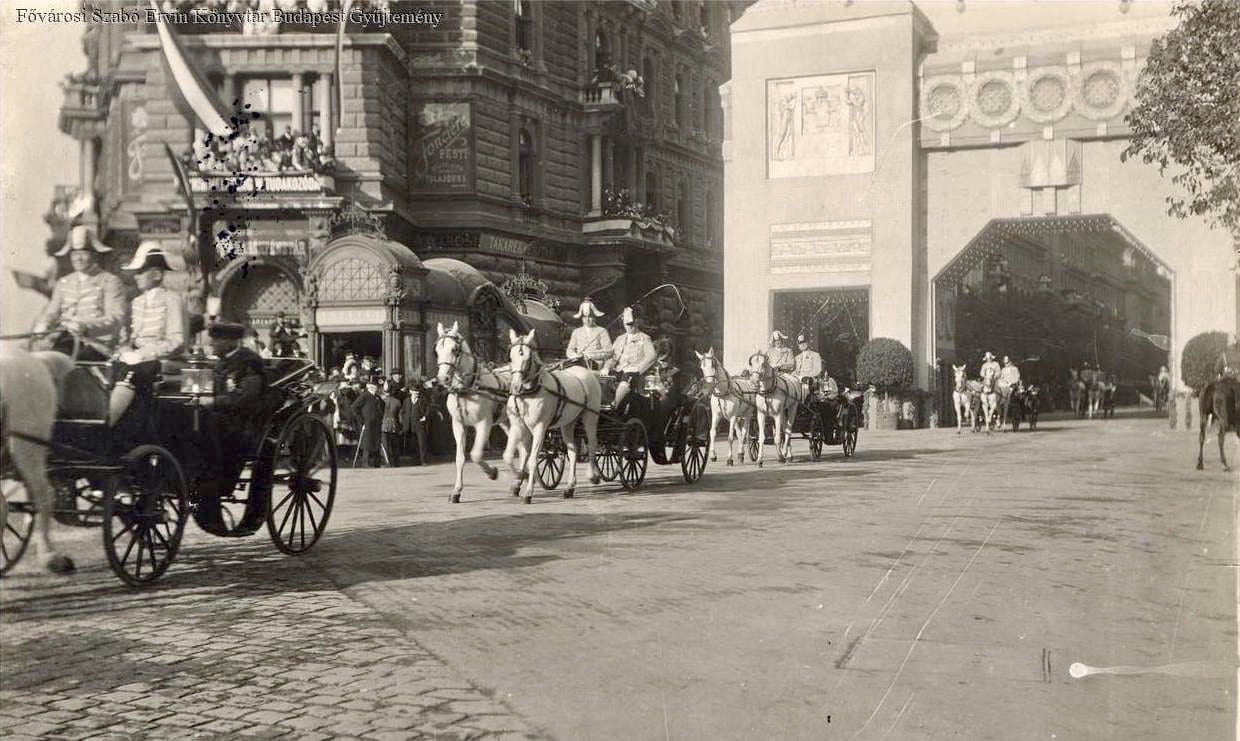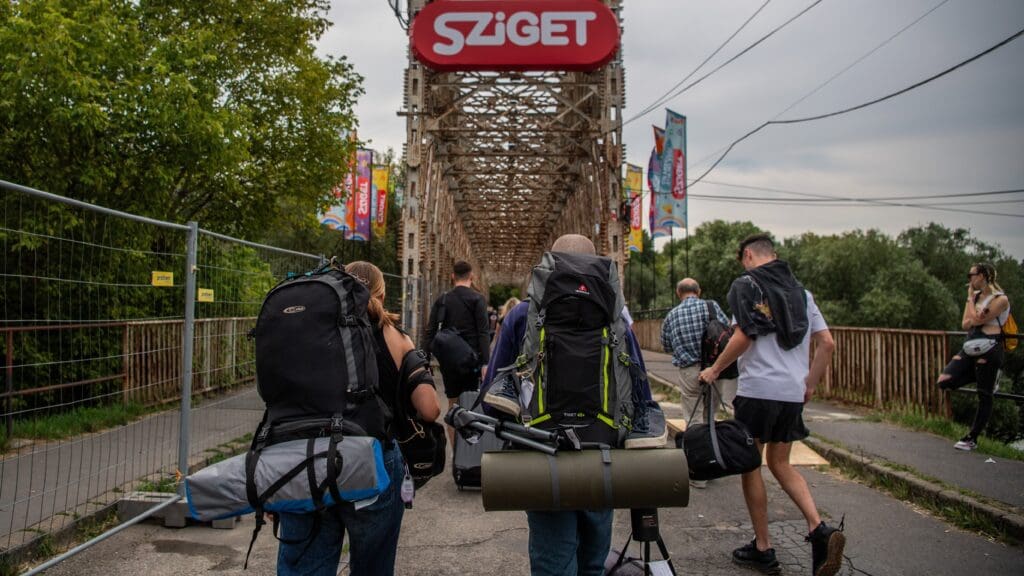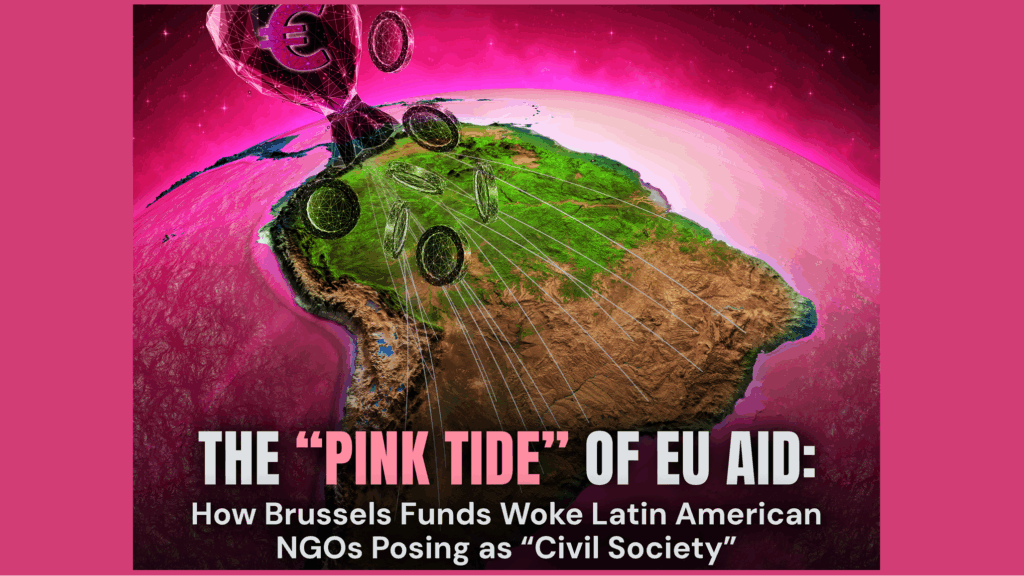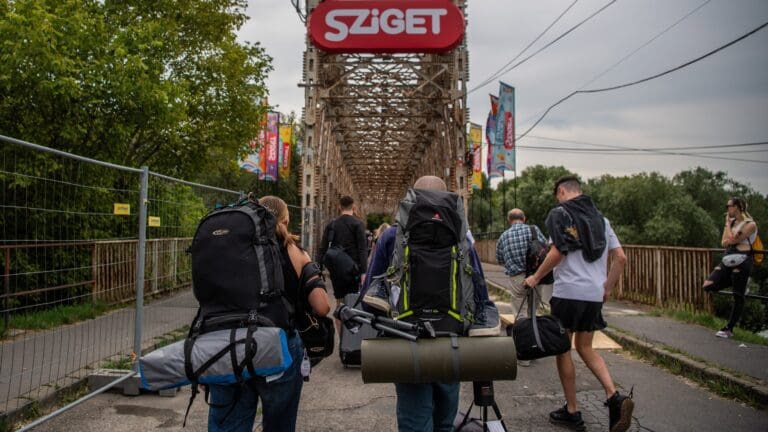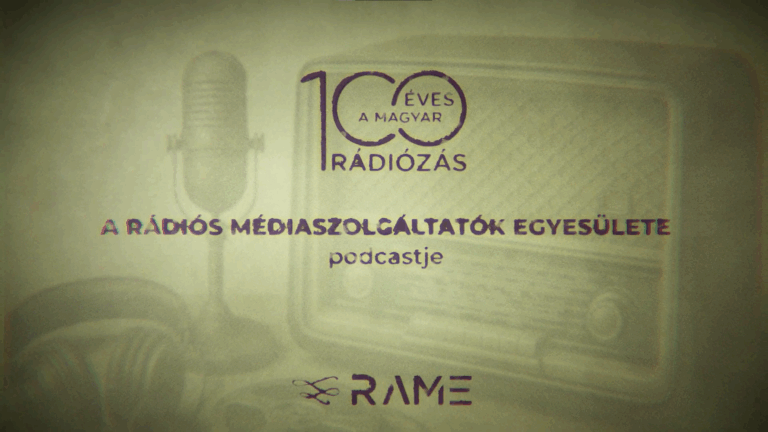In October 1908, at a time when his empire was already in decline, Alfonso XIII of Spain visited Budapest in the company of his mother, Maria Christina of Austria and his wife, Queen Victoria Eugenie of Battenberg.
The short visit of the Spanish royal family was a special event, so it is no wonder that it generated wide press coverage in the daily and weekly newspapers of the time, and the Budapest municipality also made every effort to welcome the royal delegation in a dignified manner. Alfonso arrived with his escort at Nyugati Railway Station by train, where Franz Joseph, King of Hungary, received him. (Franz Joseph was also a ruler from the House of Habsburg–Lorraine, just like Alfonso’s mother.)
It is important to note that Alfonso’s mother, the former queen regent, Maria Christina, was a descendant of the Teschen branch of the House of Habsburg–Lorraine—among her ancestors was, for example, Holy Roman Empress Maria Theresa. Another interesting fact is that the queen regent’s two grandfathers, Archduke Charles, Duke of Teschen and Archduke Joseph of Austria (Palatine of Hungary, ‘the most Hungarian Habsburg’) were brothers, and her father—Maria Theresa’s ninth child—was Leopold II, King of Hungary.
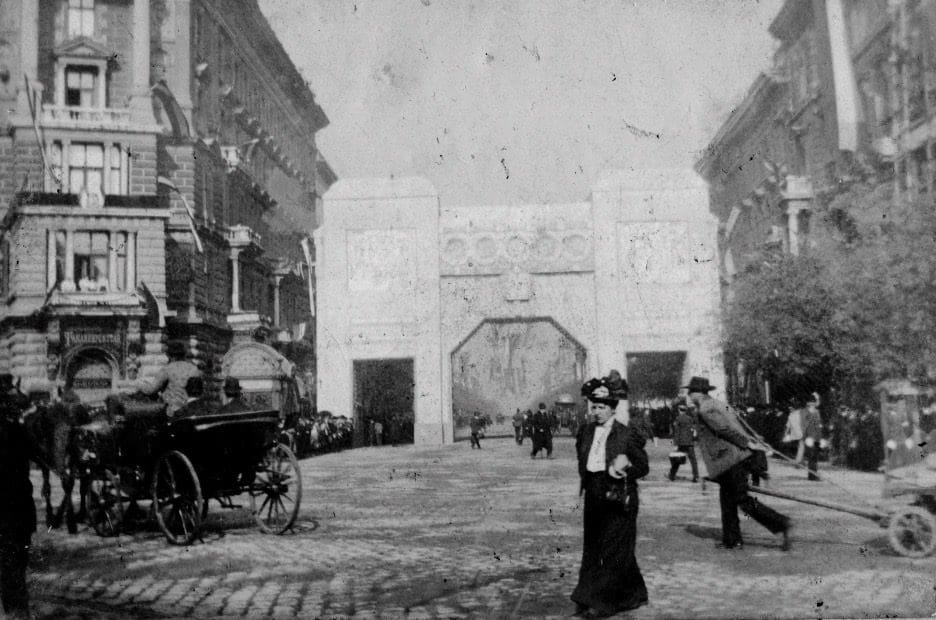
For this special event, one of the most respected architects of the time, Géza Maróti, designed a monumental, yet temporary triumphal arch—the grand procession passed through this arch, then after crossing the Chain Bridge, it arrived to its final destination at the Buda Castle.
Click here to read the original article

